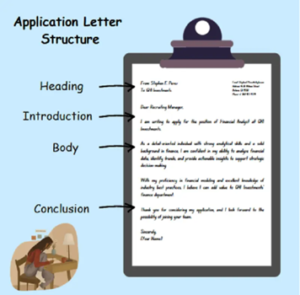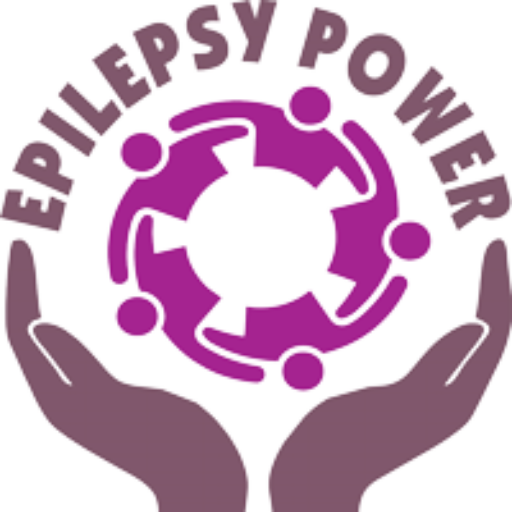- Introduction
- Section 1: How to find and apply to a job position
- Section 2: How to create a complete and understandable personal curriculum
- Section 3: Demonstrating the right competencies for the requirements of a job position
- Section 4: Presenting and discussing effectively your professional and personal background during a selection process
- Concluding remarks
- Quiz
In modern working environments, the interview is a key step in the process of selecting candidates for a specific job. It is a crucial moment when the employer gets to know the candidate better and have an assessment of their skills, experience and motivation. At the same time, the candidate could demonstrate their qualities and prove that they are the right person for the job.
Finding, applying, presenting and discussing a personal curriculum effectively during a selection process, especially as a candidate with epilepsy, involves careful preparation and strategic communication.
Finding and applying to a job position as a candidate with epilepsy involves strategic job searching, leveraging resources, and presenting your qualifications effectively.

Here’s a step-by-step guide to help you navigate this process:
- Identify job opportunities
a. Online job portals. Use popular job search engines like Indeed, LinkedIn, Glassdoor, and Monster. Set up alerts for job postings that match your skills and interests. Explore specialized job boards for individuals with disabilities.
b. Company websites. Visit the careers section of companies you’re interested in. Many organizations have diversity and inclusion programs and are committed to hiring people with epilepsy.
c. Government resources. Check resources like your national Ministry Department of Labor’s Office or Employment Office at regional level for job listings and support.
d. Networking. Attend job fairs, especially those focused on diversity and inclusion. It is also important (if possible) to join professional networks and associations related to your field. Engage in forums and social media groups dedicated to career opportunities for people with epilepsy. - Apply to the position
a. Follow application instructions. Ensure you follow the application instructions carefully, including submitting all required documents.
b.Utilize any available assistive technologies or services (e.g., screen readers, speech-to-text software) if needed to better complete your application. - Prepare for interviews
a. Research the company. Understand the company’s mission, values, and culture. Be prepared to discuss how your skills and experiences align with their needs.
b. Practice answers to common interview questions and prepare to discuss your resume and cover letter in detail.
c. Plan for disclosure. If you choose to disclose your epilepsy during the interview, prepare a brief explanation and focus on how you manage your condition and how it won’t affect your job performance. - Utilize support services
a. Vocational rehabilitation services. Access state vocational rehabilitation services, which can provide job training, resume assistance, and placement services.
b. Specialized advocacy organizations. Reach out to epilepsy associations and foundations which offer resources and support for job seekers with epilepsy.
c. Employee resource groups. Some companies have employee resource groups (ERGs) for employees with epilepsy. These can provide support and advocacy within the company. - Follow up
a. After applying: It is suggested to send a follow-up email to confirm receipt of your application and reiterate your interest in the position.
b. After interviews: It is suggested to send a thank-you email to the interviewers, highlighting key points from the interview and expressing your enthusiasm for the role.
By leveraging these strategies, you can enhance your job search and application process, ensuring that you present your best self to potential employers.
